17 Stories About Exes That Are Like Episodes of a Soap Opera

Imagine climbing a skyscraper without any protection. You have no security rope, no special equipment, and no special powers like Spiderman. The wind pushes you from the side, and the edges under your fingers are slippery.
Plus, hundreds of people are watching and cheering you on from the ground. Would you try it? Me? No. There’s not enough money to get me to... However...
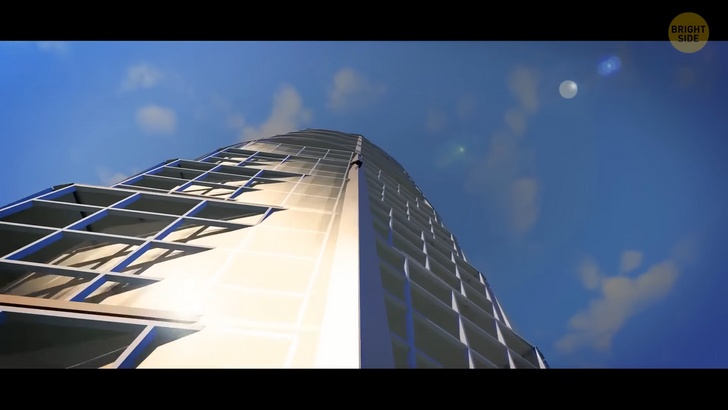
Harry Gardiner tried and nailed it many times in the early 1900s. For instance, in 1916, he climbed up the Omaha World-Herald building while more than 30,000 people were his audience. Now, let’s time-travel to that period. Charlie Chaplin was making movies. Skyscrapers started to rise one by one, and clothing trends were changing. Men’s outfits got a more casual look. Suits became more common.
The styles went beyond the silk top hat. Felt derby and bowler hats became the “go-to” accessories for males of the 1910s. Take a look at Harry Gardiner in this picture. It looks like he is photoshopped to that building. Most of the time, he wore just his ordinary street clothes when he climbed skyscrapers.
You want to get to know this world-famous gentleman climber? He is also known as “the Human Fly.” The nickname is super reasonable, as he climbed over 700 buildings in Europe and North America. His performance on the 150-foot-high Grant’s Tomb in New York was the climb that got the spotlights on him.
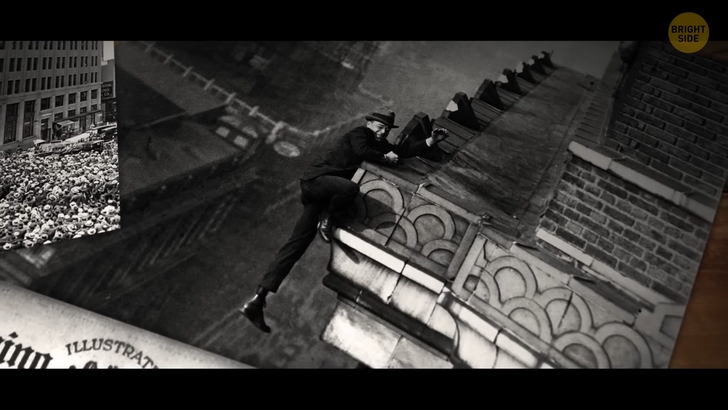
All is very well, but how did he do it? He had exceptionally strong hands. He sometimes used a short length of rope too. It wasn’t just this that brought him success. He was quite a performer. His wide smile and round glasses were a perfect fit for the camera, papers, and of course, spectators. He didn’t merely climb buildings for fun. He turned his gift and fame into money. While he scaled different constructions with his bare hands, he seized the opportunity to promote businesses.
Companies were willing to pay him to see their goods advertised to a large audience below. He advertised banks, movies, and, ironically enough, life insurance companies — none of which of course would offer him coverage. The top point of his career was in Detroit in 1916. Gardiner gathered 150,000 people to watch his performance at the 14-story Majestic Building! He was like an old-day human TV for companies. They could reach hundreds of people at once.
It wasn’t all sunshine and butterflies, though. Multiple times he faced the worst outcome he could get while climbing. In 1915, he tried to climb the state capitol in Columbia, South Carolina. He fell 50 feet. He broke his ribs and damaged the building with his fall. Did it stop him? Nope. Climbing urban structures became a strange phenomenon in the 20th century. Gardiner inspired many people.
Unfortunately, not everyone was as talented as him. Copycats did not, shall we say, “succeed” in their climbs. They didn’t have 9 lives. That’s why states and cities put official restrictions on urban climbing. As for Gardiner, he disappeared into thin air. It’s speculated that he left for Paris. A man was once found at the base of the Eiffel Tower. People claimed that he fit Gardiner’s description. Still, how his story ended is a mystery.
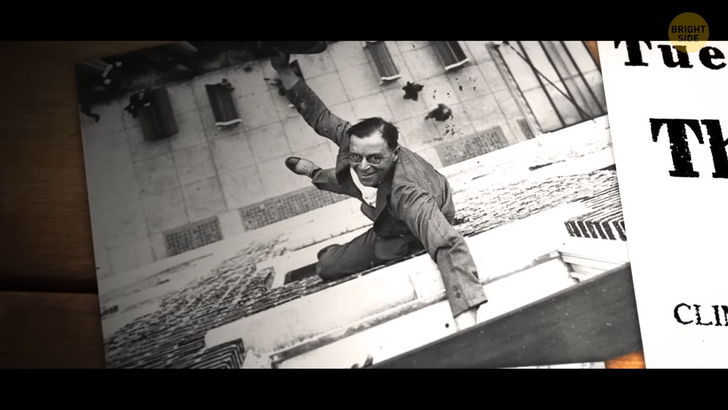
Needless to say, but I will anyway, climbing buildings is extremely dangerous. Yet, it became a new phenomenon over time. Climbing urban structures, as Gardiner did, is called “buildering.” Uh, is “buildering” a word? Yeah, it’s a combo of 2 words: bouldering and building.
People who do it are referred to as “builderers.” So that’s what I’m going to call them too. Most builderers are free and solo climbers. This means that they climb without a rope or other types of protection. If they fall, they can get severe injuries or, you know, worse. Because of that, most of the time, it’s illegal to builder high buildings.
Now, you might ask, “Isn’t buildering just a part of parkour?” Nope. It does have something in common with parkour and free running. Yet, buildering has a different history and style. Parkour is an athletic training discipline or sport in which people try to pass obstacles by running, vaulting, jumping, climbing, and so on to get from point A to point B in the fastest and most efficient way.
Parkour practitioners also don’t wear or have any assisting equipment. Buildering occurs in urban areas, but parkour can take place anywhere. Parkour was popularized in France in the late 1980s. Then it got even more popular with the help of the Internet. It has acrobatic movements. These movements have existed before in various communities around the world for centuries, in Africa and China, for instance.
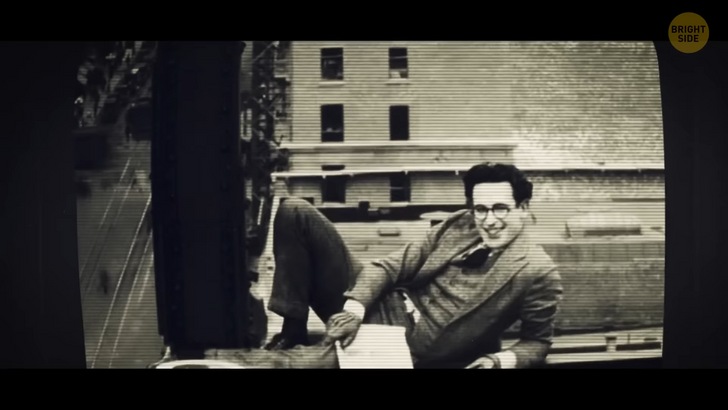
Back to buildering itself. It has grown in popularity since the early 1900s. For instance, in the 70s and 80s, builderers climbed the world’s tallest buildings to set new records. Here we can mention George Willig. He climbed one of two 110-story towers in New York in 1977, but he was fined $250,000. Luckily, the mayor eventually only fined him around 1 cent per floor.
Geoffrey Winthrop Young was another builderer. In 1895, he climbed the roofs of the University of Cambridge. Imagine walking on the campus and seeing your mate Geoffrey on the roof of the library building.
The next builderer we should mention is Dan Goodwin. In 1981, he climbed a skyscraper that had 110 floors wearing suction cups. And he had a Spider-Man suit on. He called himself “Spider-Dan.” He had another wild accomplishment.
He climbed the CN Tower in Toronto in 1986 without suction cups. Using only his hands and feet! It was the tallest structure in the world from 1975 to 2007 — an equivalent of a 146-floor building. You might know that now, Burj Khalifa is the tallest building in the world. Do you think someone has dared to climb it, too?
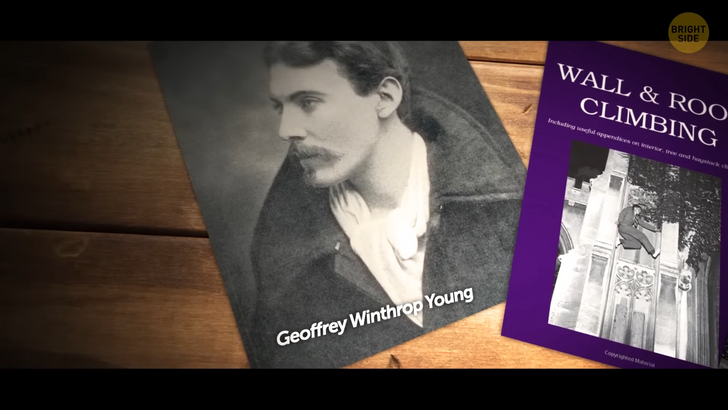
The answer is yes. Alain Robert is known for climbing tall buildings using the free solo technique. In 2011, Robert climbed the 2,717 feet tall Burj Khalifa tower in Dubai. It took him 6 hours to climb it. He used a harness as a safety procedure. He got arrested many times for illegally climbing buildings in various countries. Yet, he also succeeded in legal climbs and even got some sponsorship, too.
He is a rock climber, so he has physical training and knows the climbing technique. This allows him to make his way up using window ledges and frames of windows instead of the edges of rocks. He is very fast and athletic, but even he had to stop in some of his attempts. For instance, in 2002, he was scaling an 800-ft-tall skyscraper in London, but he had to give up halfway through because of rain.
Another notable name is a present-day builderer and photographer, Lucinda Grange. She is known for scaling iconic buildings. She adds another level to this thrill. She carries her camera with her and takes awesome pictures from the tops of buildings. She’s scaled the Newport Transporter Bridge, the Great Pyramids of Giza, the Chrysler Building in Manhattan, and many more.
She is known as a “daredevil photographer.” She takes the risk of injury and legal consequences while trying to escape security guards. She wears cool dresses in those pictures, which is also challenging. Besides that, she takes underground pictures, like snaps of London Tube tunnels.
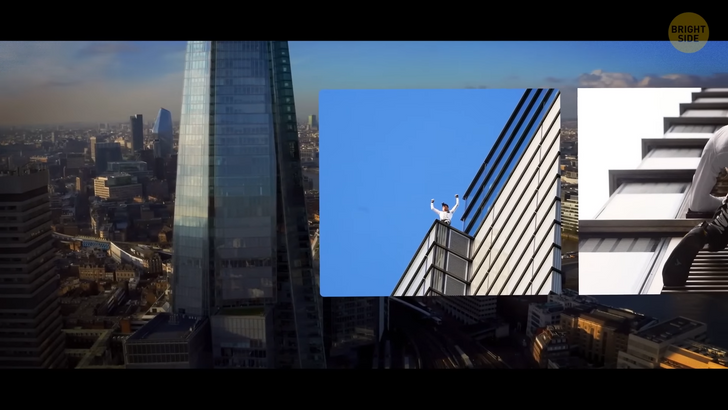
Angela Nikolau is the next name. She captures urban areas and streets and takes underground photos too. But she is on my list because of her buildering snaps.
If you’re afraid of the height, you might not want to follow her on Insta. Her pictures can give you a vertigo effect. You can see her on the roof of a high-rise building or on its edge, lying in a bodysuit or high heels or doing some gymnastic tricks. She has started creating NFT works, too.
It’s a super dangerous thing to do, and no one should try it if they don’t trust their physical abilities and mental limits. Congrats to the people who are willing and able to do this. Would you try to climb a skyscraper?











